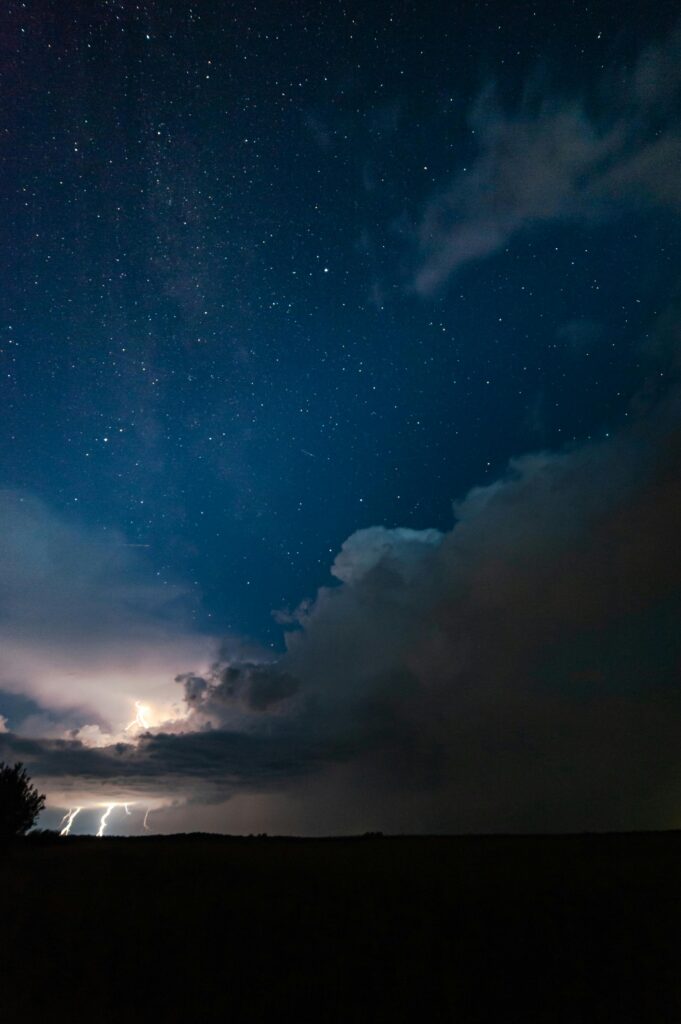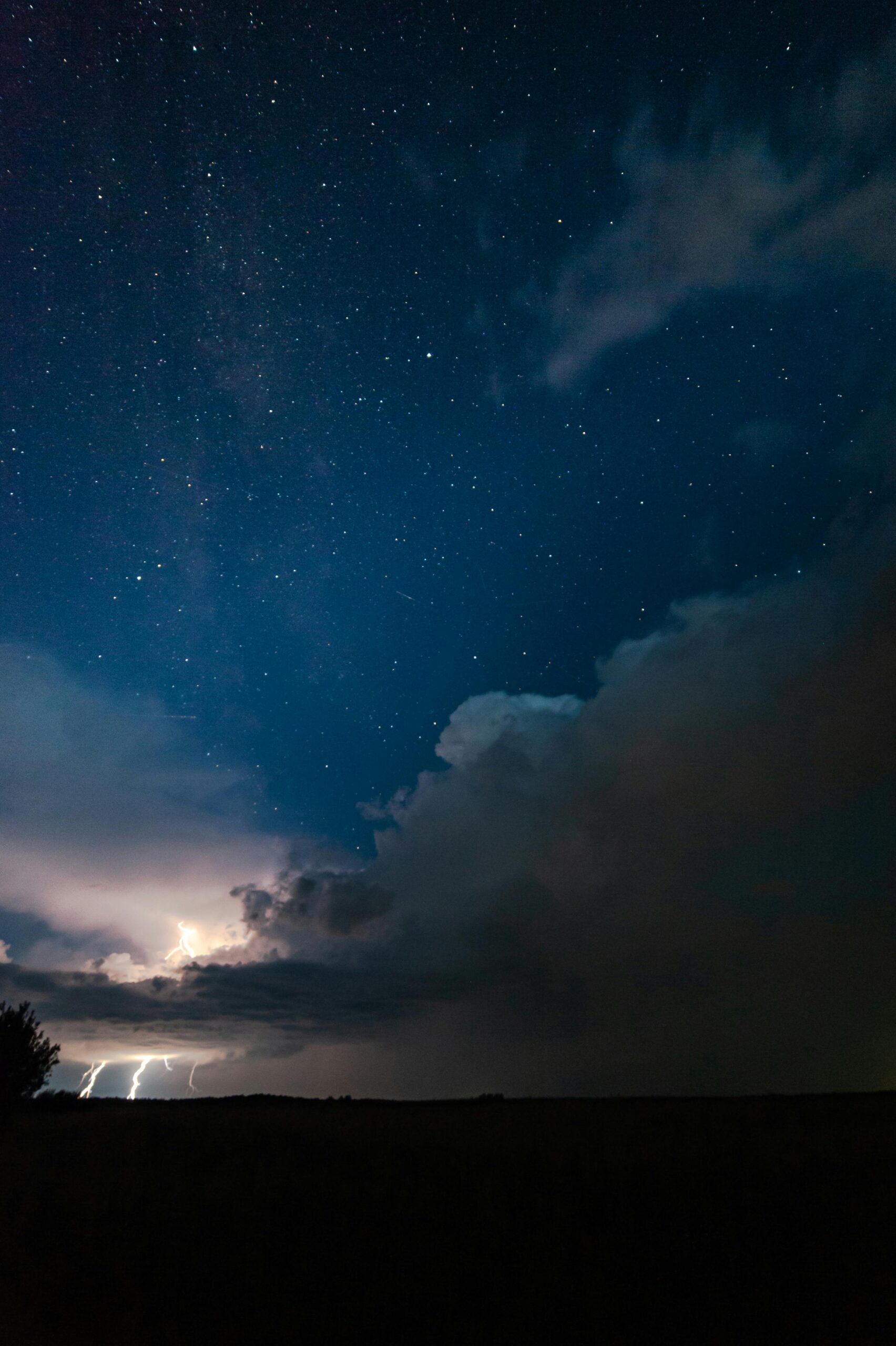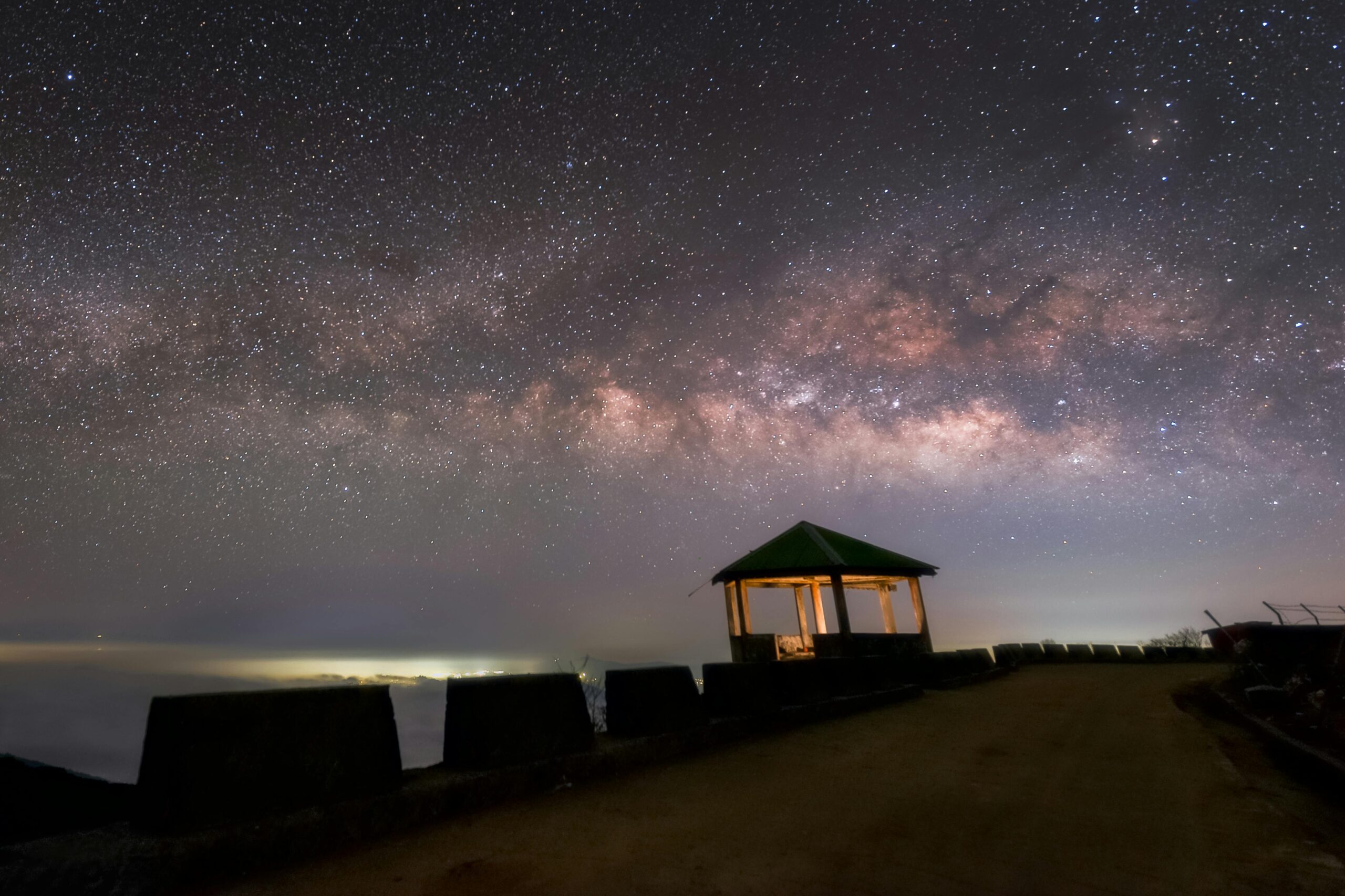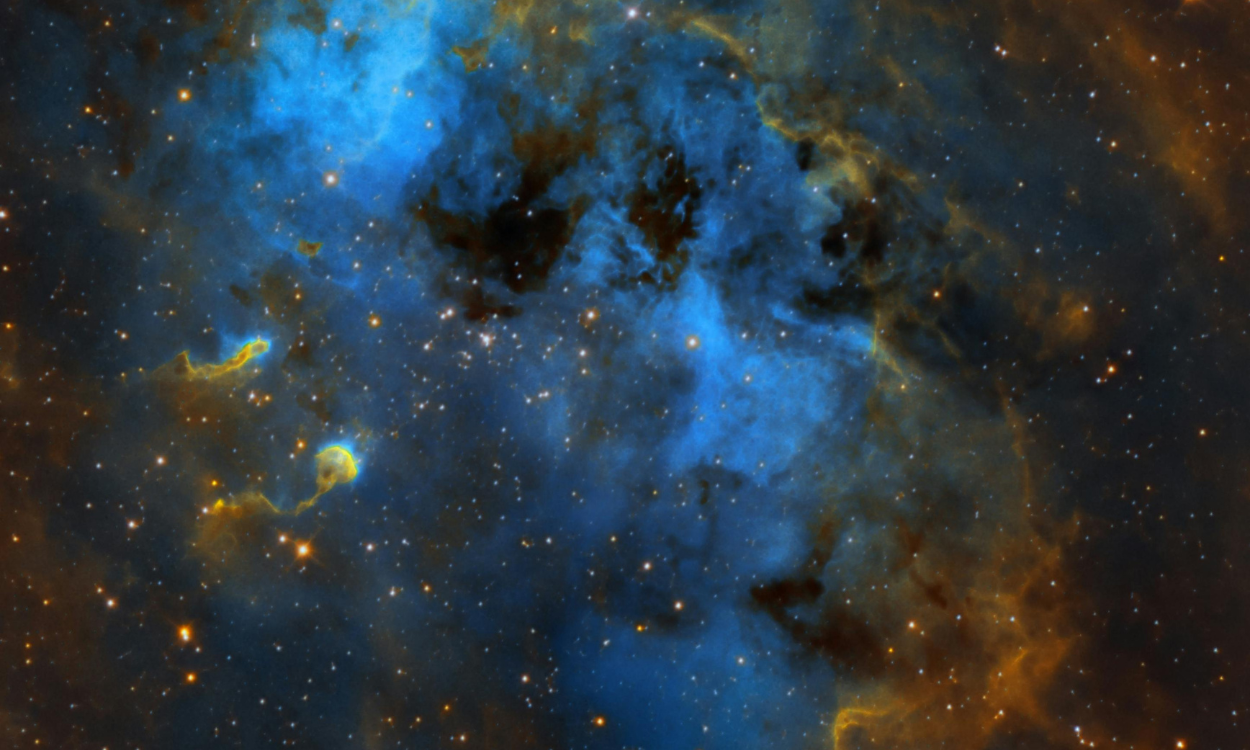Luminous Majesty: The Crystal Power of the Milky Way Galaxy
The Milky Way Galaxy, a shimmering river of stars in the night sky, has captivated humanity for millennia. Often described as a celestial masterpiece, it embodies beauty, mystery, and a profound connection to the cosmos. Among its many wonders, the concept of the “crystal power” of the Milky Way Galaxy has emerged as a fascinating metaphor for the galaxy’s dazzling, intricate nature. This idea evokes the shimmering luminosity and the dynamic forces that define our galactic home, inspiring awe and curiosity alike.
Table of Contents

The Milky Way Galaxy: A Cosmic Gem
Stretching across the sky like a jeweled belt, the Milky Way Galaxy is a barred spiral galaxy spanning over 100,000 light-years in diameter. Comprising billions of stars, planets, and nebulae, it radiates an ethereal glow that has led many cultures to attribute divine or mystical significance to it. The term “Luminous Majesty” encapsulates this brilliance, while the phrase “crystal power” alludes to the structural and energetic harmony that sustains its beauty.
The luminous majesty of the Milky Way Galaxy owes its brilliance to countless stars at varying stages of their life cycles. From newly born protostars to ancient red giants, these celestial objects collectively create the light that defines our galaxy’s iconic appearance. Their radiant energy reflects the dynamic and interconnected forces that shape the galaxy’s structure and evolution—a true embodiment of crystal power.
Crystal Power and Galactic Structure
The Milky Way Galaxy’s structure is a testament to its crystalline-like organization. It consists of a dense central bulge, surrounded by four prominent spiral arms that extend outward, resembling the intricate facets of a crystal. These arms—Sagittarius, Perseus, Scutum-Centaurus, and Norma—are home to countless star-forming regions, nebulae, and star clusters that contribute to the galaxy’s luminous majesty.
At the heart of the Milky Way Galaxy lies a supermassive black hole, Sagittarius A*. This enigmatic core acts as the anchor of the galaxy’s gravitational forces, influencing the orbits of stars and contributing to the crystalline order of its structure. The interplay of gravity, rotation, and energy within the galaxy reflects the crystal power that maintains its balance and coherence.
The Energy of Stars: A Source of Crystal Power
The concept of “crystal power” also finds resonance in the energy processes that sustain the Milky Way Galaxy. Stars, the primary sources of light and energy, generate power through nuclear fusion. In their cores, hydrogen atoms fuse to form helium, releasing immense amounts of energy in the process. This energy radiates outward, illuminating the galaxy and fueling its ongoing evolution.
Massive stars play a particularly significant role in the galaxy’s luminous majesty. When they exhaust their nuclear fuel, they often end their lives in spectacular supernova explosions. These events not only scatter elements essential for life across the galaxy but also create pulsars and neutron stars—cosmic remnants that embody the concentrated essence of crystal power. Such phenomena highlight the transformative and regenerative capabilities that underpin the Milky Way Galaxy’s dynamic existence.
Interstellar Clouds: Crystals of Creation
Interstellar clouds, or nebulae, are another essential aspect of the Milky Way Galaxy’s crystal power. These vast regions of gas and dust are the birthplaces of stars. Nebulae such as the Orion Nebula and the Eagle Nebula shine brightly, offering glimpses into the processes of stellar formation. Their intricate structures and radiant colors evoke the imagery of celestial crystals, with their luminous majesty captivating astronomers and stargazers alike.
The role of interstellar clouds extends beyond star formation. They also serve as reservoirs of complex molecules, including those that are precursors to life. By nurturing the seeds of stars and planets, these clouds exemplify the galaxy’s creative power, reinforcing the idea that its “crystal power” lies not only in its beauty but also in its ability to sustain life and foster new beginnings.
Galactic Evolution: A Symphony of Crystal Power
Over billions of years, the Milky Way Galaxy has evolved through cycles of creation and destruction. This evolution is driven by interactions with neighboring galaxies, the birth and death of stars, and the dynamic forces of dark matter and dark energy. These processes reflect the crystal power of the galaxy, showcasing its capacity for adaptation and transformation.
One of the most intriguing aspects of galactic evolution is the Milky Way’s ongoing interaction with the Andromeda Galaxy. Predicted to merge in approximately 4.5 billion years, this cosmic collision will reshape both galaxies, creating a new structure that will embody the luminous majesty of their combined crystal power. Such events remind us of the ever-changing nature of the universe and the enduring beauty of the cosmic dance.
Human Connection to the Milky Way Galaxy
Throughout history, the Milky Way Galaxy has inspired countless myths, artworks, and scientific discoveries. Its luminous majesty has been a source of wonder, guiding explorers, philosophers, and astronomers in their quest to understand the universe. The concept of crystal power resonates deeply with this human connection, symbolizing the harmony and resilience that define both the galaxy and the human spirit.
Modern astronomy continues to unveil the secrets of the Milky Way Galaxy, using advanced telescopes and space missions to explore its farthest reaches. From mapping its structure to studying exoplanets within its habitable zones, these efforts expand our understanding of the galaxy’s luminous majesty and crystal power. They also inspire a sense of stewardship for our place within this cosmic tapestry, encouraging us to preserve the planet that allows us to gaze upon its splendor.
The Future of Galactic Exploration
As technology advances, humanity’s ability to explore the Milky Way Galaxy will continue to grow. Missions like the James Webb Space Telescope and the European Space Agency’s Gaia observatory are already providing unprecedented insights into the galaxy’s composition, dynamics, and origins. These endeavors underscore the importance of understanding the luminous majesty and crystal power of the Milky Way Galaxy as we seek to unravel the mysteries of the universe.
In the distant future, interstellar travel may allow humans to venture beyond the confines of our solar system, exploring the galaxy’s spiral arms and star clusters firsthand. Such journeys will offer new perspectives on the Milky Way’s crystal power, fostering a deeper appreciation for the forces that shape our cosmic home.
Conclusion
The Milky Way Galaxy is a celestial masterpiece that embodies luminous majesty and crystal power in every facet of its existence. From its dazzling stars and intricate structure to its dynamic energy processes and evolutionary cycles, it stands as a testament to the beauty and resilience of the cosmos. As we continue to study and explore this galactic wonder, we deepen our connection to the universe and our understanding of our place within it. The crystal power of the Milky Way Galaxy is not only a metaphor for its brilliance but also a reminder of the interconnectedness and harmony that define our shared cosmic journey.





